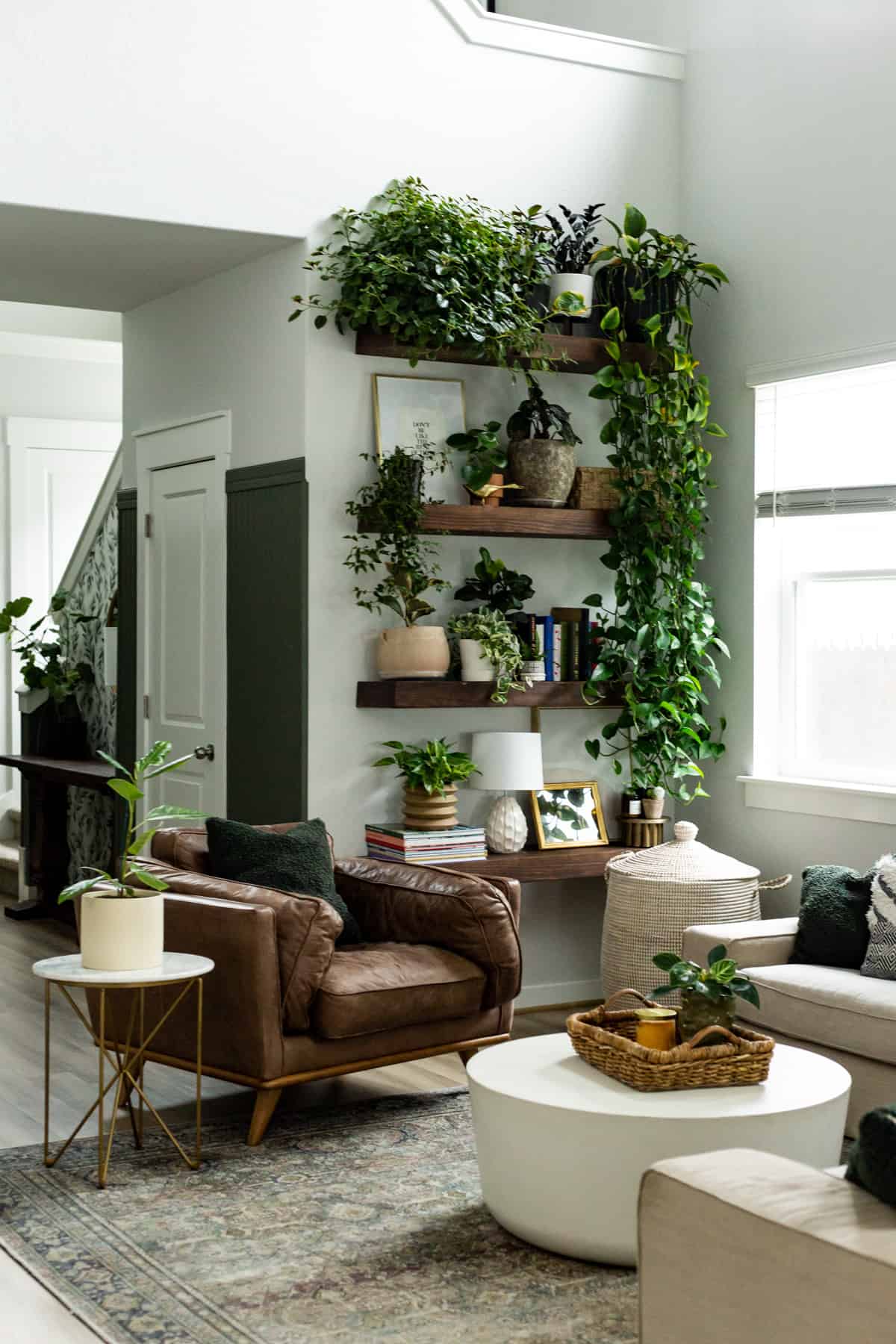
Wood Floating Shelves for Plant Lovers: Display Tips
Hey there, plant parents! Are you looking for a stylish and space-saving way to showcase your leafy companions? Look no further than wood floating shelves! These beauties are not only functional but also add a touch of warmth and natural charm to any room. Let's dive into the world of wood floating shelves and explore some tips to create the perfect plant display.
Choosing the Right Shelves
The first step is to choose the right shelves for your plants. Consider these factors:
Size and Shape
Think about the size and shape of your plants. For smaller succulents or cacti, you can opt for narrow shelves. Larger plants, like monsteras or ferns, require wider shelves to accommodate their growth.
Material
While wood is a popular choice for floating shelves, you can also find them in other materials like metal or bamboo. Choose a material that complements your existing decor and the style of your plants.
Finish
Consider the finish of the shelves. Natural wood finishes add a rustic charm, while painted or stained shelves can create a more modern look. Choose a finish that complements your plants and your overall decor.
Number of Shelves
Determine the number of shelves you need based on your plant collection. If you have a lot of plants, multiple shelves can create a lush and layered display. For a smaller collection, one or two shelves may be sufficient.
Planning Your Plant Display
Now that you've chosen your shelves, it's time to plan your plant display. Here are some tips:
Consider the Light
Plants need light to thrive. Before placing your shelves, think about the amount of natural light in your room. Place light-loving plants on shelves that receive direct sunlight, and shade-tolerant plants on shelves that are in indirect light. Be mindful of plant placement to prevent scorching or stunting.
Group Plants by Size and Shape
Create visual interest by grouping plants of similar sizes and shapes together. You can also mix and match different types of plants to create a unique and balanced display. Play with different textures and foliage colors to add depth and dimension.
Mix and Match Heights
To add visual appeal, use shelves of different heights and create a staggered effect. Mix in a couple of hanging plants to add height and drama. This helps to create a layered look and prevents your display from feeling flat.
Think About Color
Think about the colors of your plants and the overall aesthetic you want to achieve. For example, you can create a monochromatic display by using plants with similar colors, or a vibrant display with plants of contrasting colors. You can also incorporate other decorative elements, like colorful pots or planters, to complement the plant colors.
Styling Your Shelves
Now it's time to style your shelves and bring your plant display to life! Here are some ideas:
Pot Choice
Choose pots and planters that complement the style of your shelves and your overall decor. You can opt for neutral colors like white, black, or gray, or add a pop of color with bright pots. Look for pots with interesting textures or patterns to add visual interest.
Decorative Elements
Don't be afraid to add some decorative elements to your shelves, like small sculptures, candles, or books. These can add a personal touch to your display and complement the plant colors. Avoid adding too many items that compete with the plants, or make the space feel too cluttered.
Layer Your Plants
Don't be afraid to layer your plants on the shelves. You can use smaller plants in front of larger plants, or use different heights of plants to create visual interest. Consider adding trailing plants, like pothos or spider plants, to hang down from the shelves.
Tips for Plant Care
Now that you have a beautiful plant display, it's important to keep your plants happy and healthy. Here are some tips:
Enjoy Your Plant Paradise
With a little planning and creativity, you can create a beautiful and thriving plant display on wood floating shelves. Don't be afraid to experiment and have fun with it! Remember to enjoy the process and the satisfaction of bringing life and beauty into your space.
0 comments:
Post a Comment
Note: Only a member of this blog may post a comment.